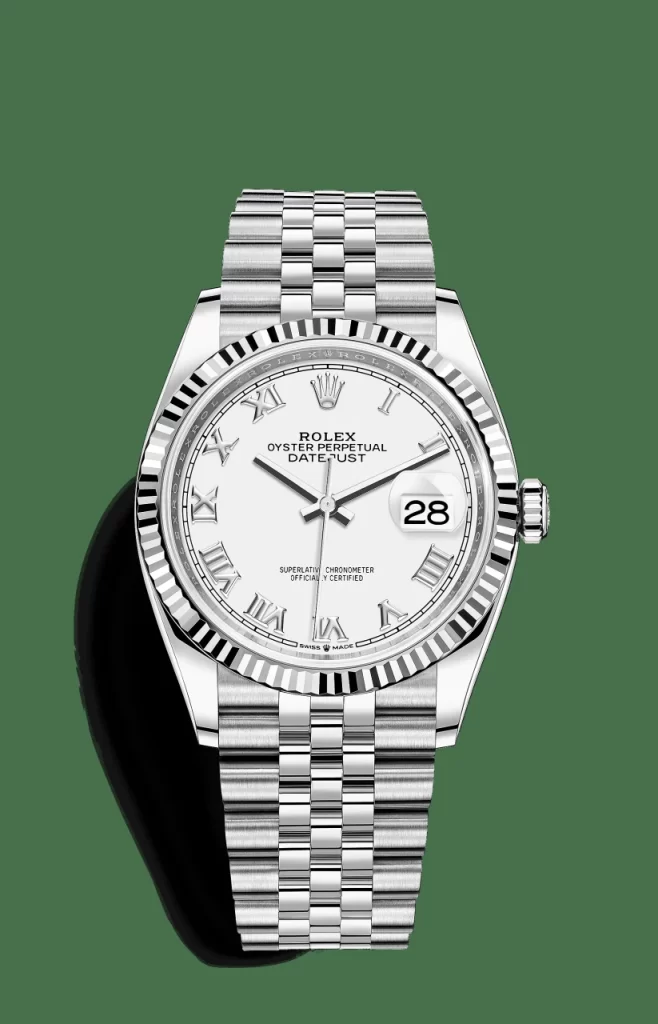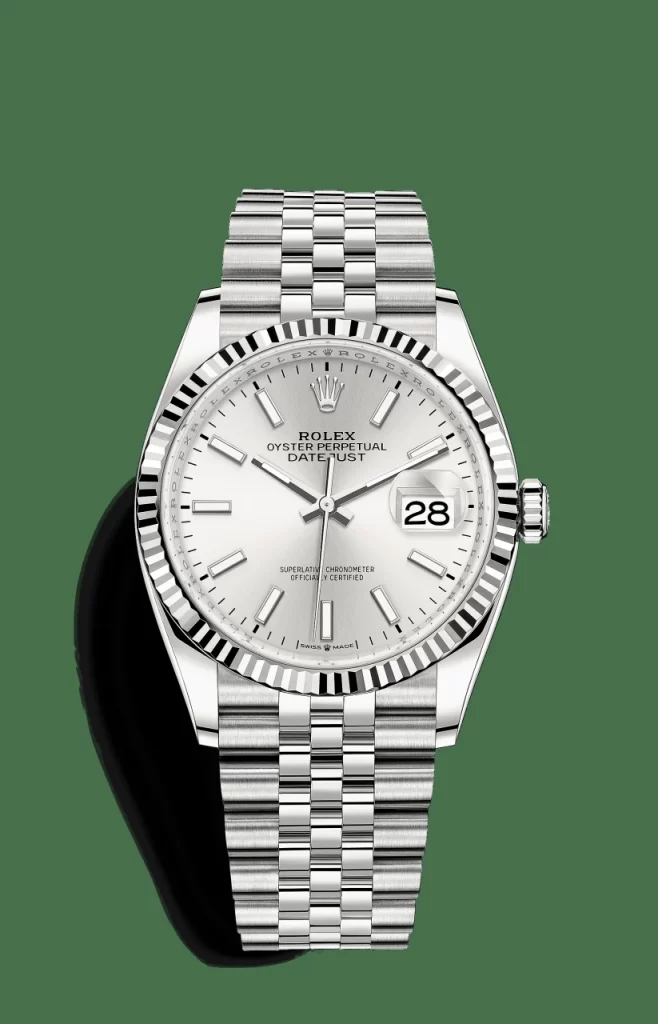Rolex Reference Numbers: Understanding the Differences Between 4, 5, and 6 Digits
Rolex watches have remained steadfast in their design ethos, yet they’ve continuously evolved and improved over the years. Rolex subtly refines each reference, maintaining its iconic design while incorporating meaningful technological advancements. One pivotal aspect in understanding a Rolex watch lies in its reference number. Let’s delve into the distinctions between 4, 5, and 6-digit reference numbers in Rolex watches.

Understanding Rolex Reference Numbers
At first glance, Rolex reference numbers may seem like arbitrary strings of digits. However, they hold the key to unraveling essential information about a watch’s production era, model type, bezel design, appearance, and even the materials used in its construction. Each digit within the reference number signifies specific details about the replica watch:
The first two to four digits denote the model type or the family of watches it belongs to, such as Datejust, Daytona, or Yacht-Master.
The second to last digit represents the bezel type, whether smooth, rotating, or fluted.
The final digit indicates the material or type of metal the watch is crafted from, such as steel or Everose gold. Additionally, letters may signify gems, colors, or other watch elements.
For an in-depth guide to deciphering Rolex reference numbers, refer to our comprehensive resource, “Rolex Reference Numbers Explained.”
Evolution of Rolex Reference Numbers
The length of replica Rolex reference numbers has evolved over time, ranging from 4 to 5, and eventually 6-digit numbers. These numbers are typically engraved between the lugs on the 12 o’clock side of the case. Here’s a breakdown:

Production Periods:
Four-digit reference numbers were prevalent before the late 1980s, marking these watches as vintage pieces.
Five-digit reference numbers emerged in the late 1970s, and by the late 1980s, all Rolex models transitioned to this format.
In the 2000s, Rolex introduced six-digit reference numbers by prefixing existing references with a 1 or 2, signifying a new era in the brand’s history.
Rolex Reference Numbers with Letters:
The advent of six-digit reference numbers in the 2000s coincided with the introduction of Cerachrom ceramic bezels, often denoted by two or four-letter extensions at the end of model numbers.
Models with two-tone ceramic bezels received four letters, indicating the colors of the bezel.
Recent Developments:
Beginning around 2015, Rolex phased out some six-digit models, replacing them with updated versions while retaining the six-digit reference system.
Distinctive Features:
Luminescent Material:
The type of lume used on the dial can differentiate between 4, 5, and 6-digit Rolex watches, reflecting changes in luminous materials over time.
Crystals and Bezels:
Rolex transitioned from acrylic to sapphire crystals, with five-digit references potentially featuring either type, while six-digit references exclusively feature sapphire crystals.
The introduction of Cerachrom ceramic bezels is a hallmark of six-digit references, indicating modernization and durability.
Bracelets:
Rolex bracelets, from the iconic Oyster to the elegant Jubilee, have evolved over the years for enhanced robustness and comfort.
The addition of solid end and center links in the early 2000s addressed durability concerns in earlier designs, exemplifying Rolex’s commitment to continuous improvement.